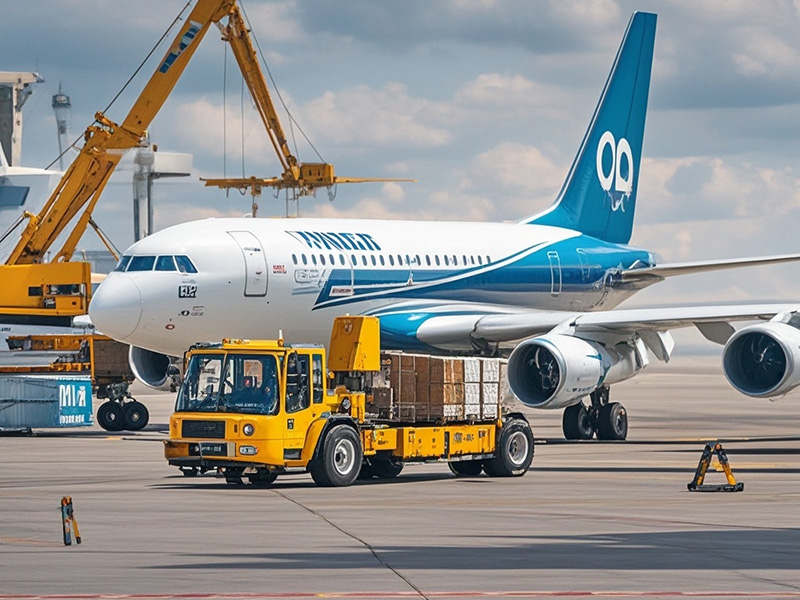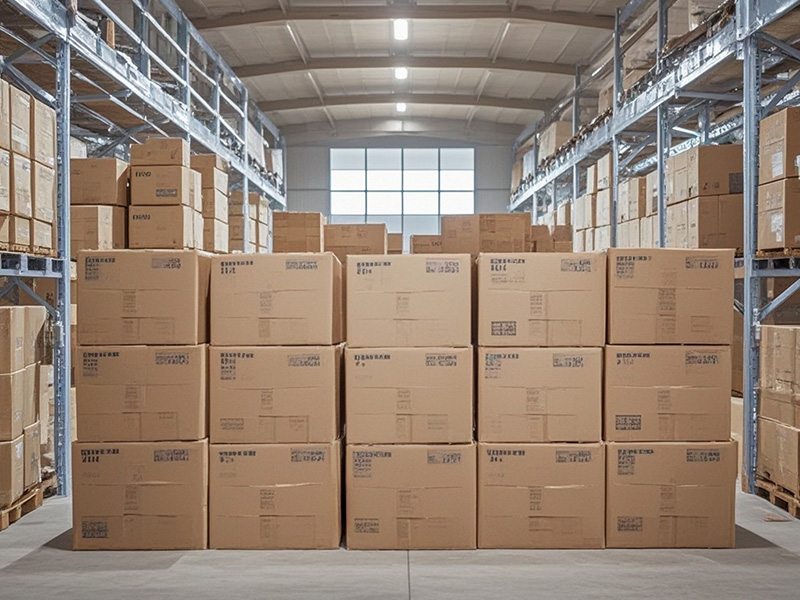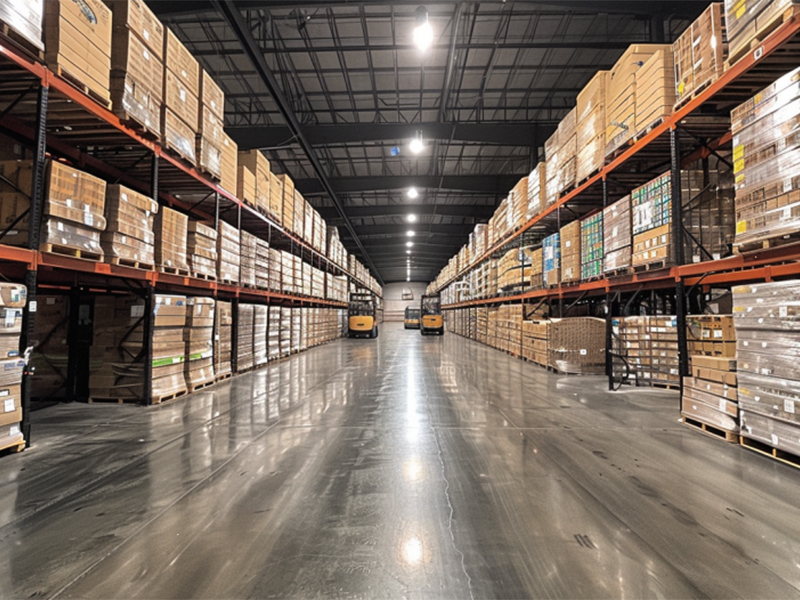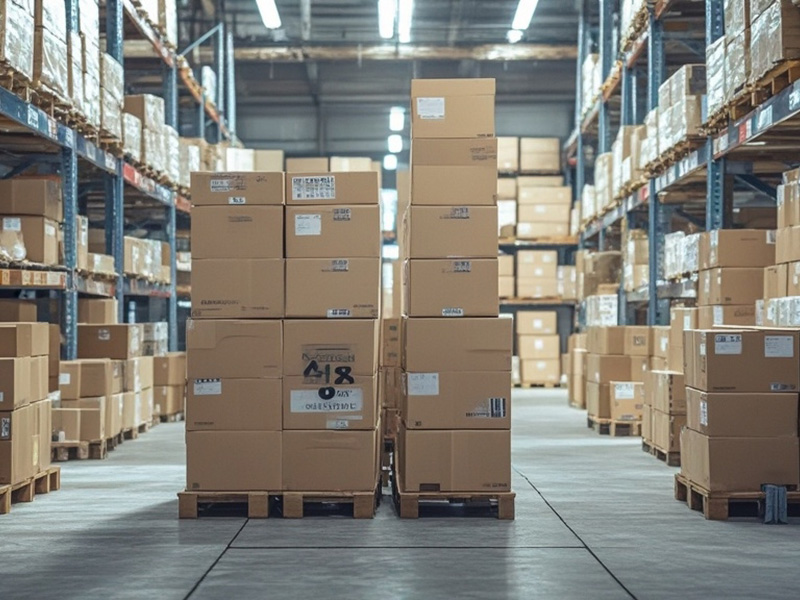Entering the aviation industry 30 years ago, He Ying has held various positions in both passenger and cargo operations. Currently serving as the Cargo Director for Mainland China at Cathay Pacific, she remarks, “Cargo operations are far more complex than passenger operations.”

At first glance, air cargo might seem like a simple process of loading and unloading, but it’s much more intricate. While passenger operations involve “selling seats,” cargo encompasses a wide variety of goods, each with specific requirements for size, handling conditions, and more. Moreover, cargo operations are highly susceptible to external factors, making it difficult to accurately predict what will happen from week to week.

The increasing diversity of goods also brings challenges in cargo hold coordination. How to fit oversized cargo, how to arrange different types of goods, and how to place special items or animals—all these tasks still rely heavily on human expertise.

Additionally, unlike passengers who can move and speak for themselves, cargo requires more comprehensive handling. Beyond “buying tickets” and “finding seats” for goods, there’s the need to manage how they get to the airport, how they are checked in and boarded, and who will pick them up after the flight. Integrating air cargo into a supply chain exponentially increases its complexity.

He Ying explains, “There is a sense of insecurity in the industry right now. Seeing others prepare capacity makes one worry about not having enough capacity oneself, leading to a tendency to follow the trend. Maintaining flexibility is a crucial issue.”

However, trade will always find the path of least resistance, and goods will find their way. After a “not so low” off-season in the first half of the year, the traditional peak season for air cargo is approaching in the second half. Industry professionals remain confident in this year’s market.

 alt=""
alt="" 


 Logistics line quotation
Logistics line quotation Cross-border express order
Cross-border express order 24 hours online customer service
24 hours online customer service Huixiang Cross-border Logistics all rights reserved
Huixiang Cross-border Logistics all rights reserved 






